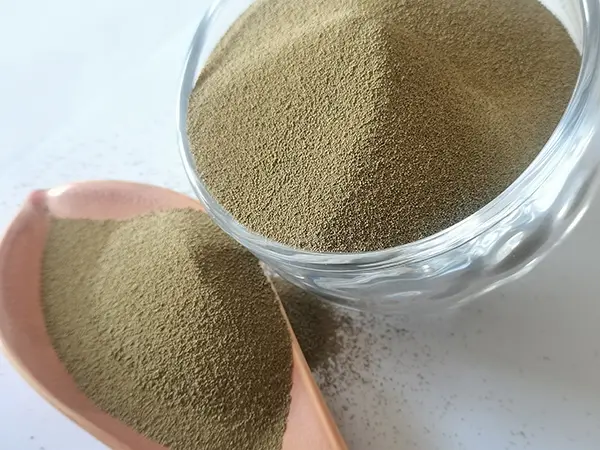Conclusion on Sand Casting
Sand casting is one of the oldest and most versatile manufacturing processes, widely used for producing complex metal parts in various industries. Throughout the article, we have explored the fundamental principles of sand casting, its advantages, limitations, and its applications. In concluding our discussion, it is essential to emphasize the aspects that make sand casting an invaluable technique in the realm of manufacturing.
Conclusion on Sand Casting
Furthermore, sand casting boasts a relatively low production cost compared to other manufacturing methods. The raw material, sand, is abundant and inexpensive, and the process can be carried out with minimal investment in equipment. This affordability makes sand casting an attractive option, particularly for small to medium-sized enterprises. Additionally, the ability to produce molds and cores from sand reduces the costs associated with tooling, allowing for more economical small-batch production runs.
sand casting conclusion

However, it is also crucial to acknowledge the limitations inherent in sand casting. One notable drawback is the surface finish quality of the cast parts, which is generally rougher than those produced through more advanced methods like die casting or investment casting. This limitation often necessitates additional machining processes to achieve the desired surface finish and dimensional accuracy. Moreover, sand casting can be time-consuming, especially when creating molds for complex shapes, leading to longer lead times in production.
Despite these challenges, advancements in technology and methods have enhanced the efficiency and quality of sand casting. Innovations such as 3D printing for mold making and improved sand binding techniques have significantly optimized the process. These developments not only address some of the limitations of traditional sand casting but also expand its applications in modern manufacturing, further solidifying its relevance in today's industry.
In conclusion, sand casting remains a highly effective and economical method for manufacturing metal parts. Its unique advantages, such as flexibility in design, cost-effectiveness, and adaptability to various materials, ensure that it continues to be a favored choice for many applications. As industries evolve and demand for intricate, customized parts increases, sand casting is likely to adapt and incorporate new technologies, allowing it to maintain its significance in the manufacturing landscape. The future of sand casting appears promising, with ongoing enhancements paving the way for improved efficiency and quality, thereby securing its position in the competitive world of manufacturing technologies.
Post time:sep . 24, 2024 06:33
Next:Utilization of Foundry Sand in Concrete Mixes for Enhanced Performance and Sustainability
